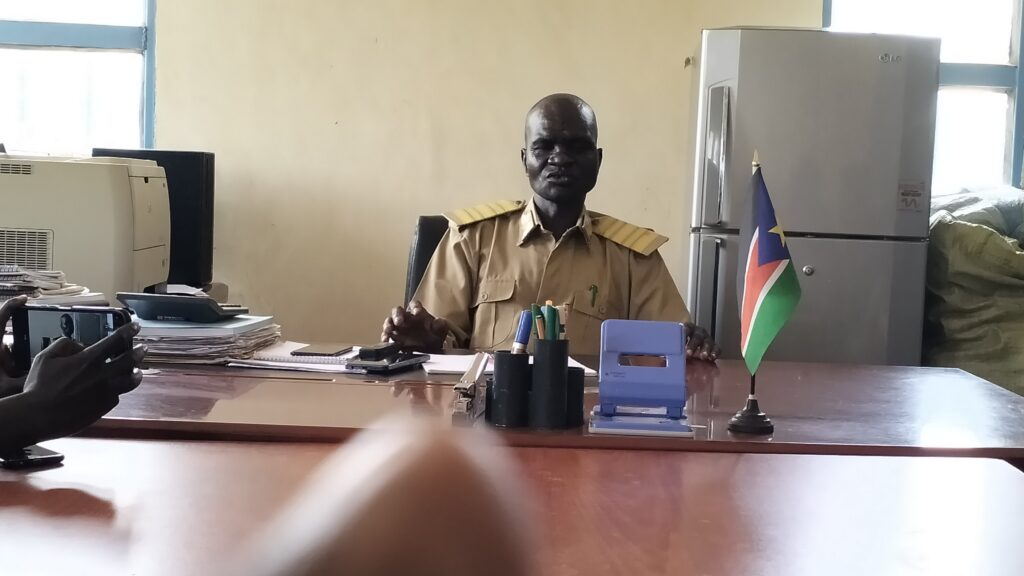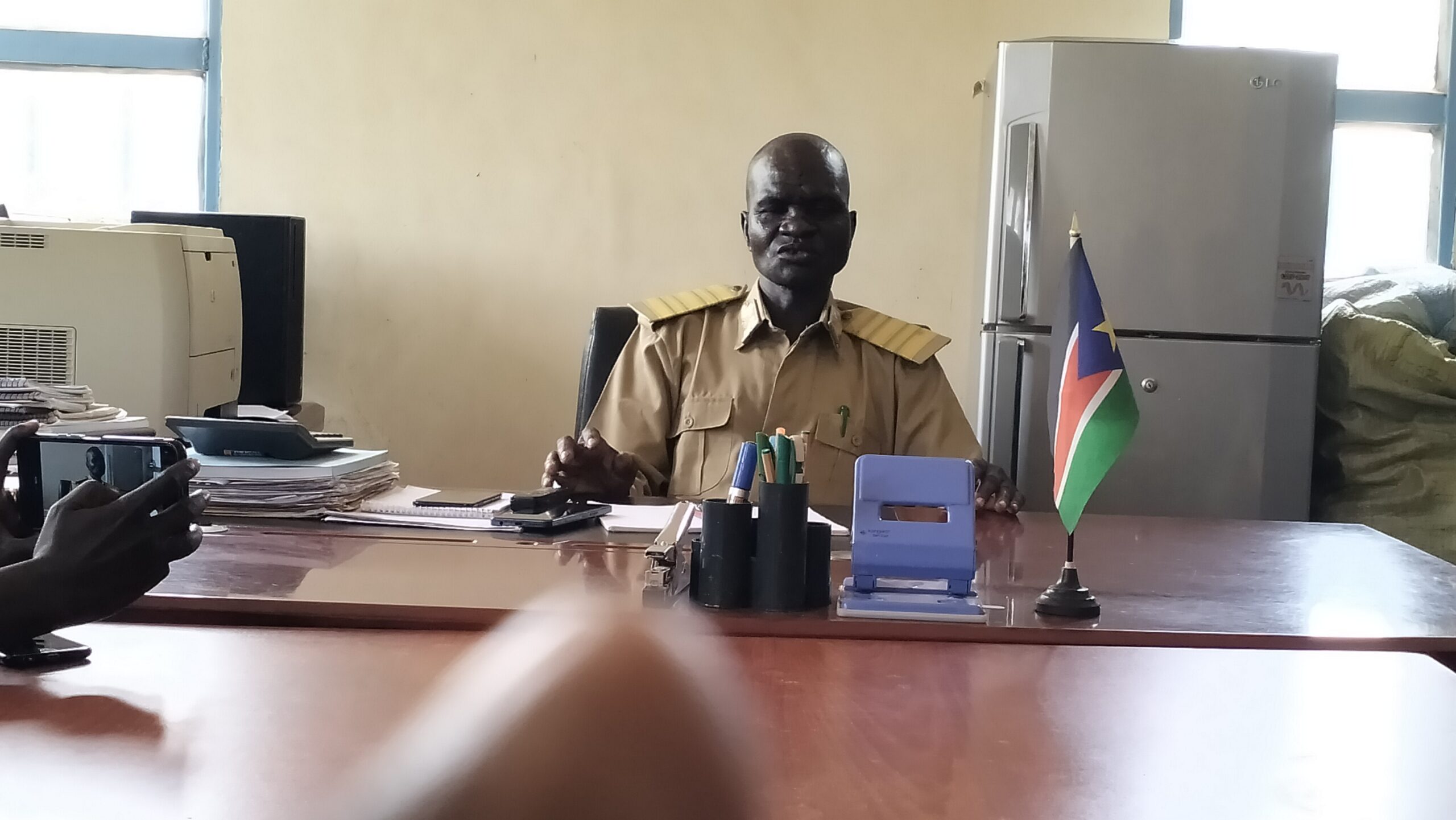South Sudan's English Daily Newspaper
"We Dare where others fear"

By Benjamin Takpiny
The road rehabilitation by Norwegian People’s Aid (NPA), with support from the World Food Programme (WFP), has played a pivotal role in fostering peace among previously warring communities in Eastern Equatoria State.
This development underscores the profound impact that infrastructure projects can have on conflict resolution and community cohesion.
The Executive Director of Kapoeta North County, Saverio Pasquale, said that NPA with support from its partners was able to open the road, which plays a critical role in bringing peace among the Toposa and Buya communities.
“It has connected us now with Budi County. It is now okay; the road is normal and passable. Cars can now go through, and even our neighbors can come this way, bringing their animals to the market. This is wonderful! We are very happy now. The two communities are interacting and moving normally,” he told journalists this week during a national media visit to Kapoeta organized by the WFP to showcase some of the projects they are implementing in Greater Kapoeta.

He mentioned that some of the partners working in Kapoeta have played a critical role in fostering peace among the communities and have created livelihood activities to help them sustain themselves financially.
Lovok Lepeter, NPA project officer for Asset Creation and Livelihood, told The dawn that the objective of the road was to act as a connector between the Larim community of Budi County and the Toposa community of Kapoeta North.
“The road is roughly 30 kilometers long and takes about one hour to drive. As I mentioned before, we have three objectives. One is to boost trade between the two communities. The second is to ensure peaceful coexistence between the Larim of Budi County and the Toposa of Kapoeta North. The third is to ease accessibility for both communities, allowing them to interact with each other,” said Lepeter.
Lepeter explained that the road they are focusing on is the Kalunyor-Napak road, which is one of the infrastructures they have developed as part of a community initiative that started back in 2022 under a project called Pastoral Food for Asset. Currently, the project is also being implemented under another initiative called Asset Creation and Livelihood, and most activities are ongoing.
“We have seen significant advantages from the road that was created. The Toposa and Buya communities have been able to coexist peacefully. This year, peace has prevailed because of the road,” he said.
He added that in recent years, there was much friction between the communities, including revenge killings and cattle raiding. These conflicts arose because the two communities were not connected to each other, which led to these issues.
“With the peace conferences and the infrastructure we have already created, the two communities are currently moving freely and conducting their activities without any interference,” said Lepeter.
Peter Akoto, a road user, stated that the road has brought many benefits to their community, allowing them to move without fear.
“This road has brought many benefits to us. Since it was established, we have seen peace between us and Buya,” said Akoto.
He explained that now they can interact, and the Buya community can travel from their area to the center in Askal to buy food, using the same road to return to their villages. For them, the road enables movement from Kapoeta to Buya, where they can collect grinding stones from that side of Buya.
Akoto noted that the road has not only brought peace but has also brought many other advantages.
“Before, our children could get lost in the bush. They would search for them until maybe the next day, but now, if they get lost, they can find the road and are able to relocate themselves,” he disclosed.
“The road has given us peace and good interaction with Buya. There are no problems with Buya now.”
Akoto urged the government and partners to maintain the road, ensuring it does not return to being overgrown like before, as it has brought peace and business to the community.
The road rehabilitated by NPA with support from WFP in Eastern Equatoria State stands as a testament to the power of infrastructure in transforming conflict-ridden areas into zones of peace and prosperity. By physically connecting communities, the project has also helped bridge emotional and social divides, setting a precedent for future peacebuilding initiatives in similar contexts.
According to some media reports and information provided by community members, the Buya and Toposa communities in Eastern Equatoria State have been involved in a cycle of intercommunal violence for decades.
The conflict is primarily driven by cattle raids, revenge killings, and competition over water and grazing resources. These raids have led to fear and instability, especially for women and children.




